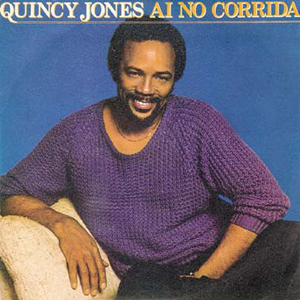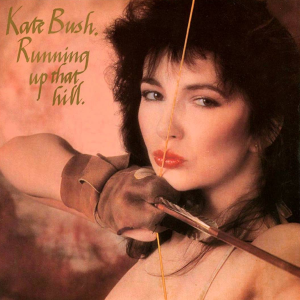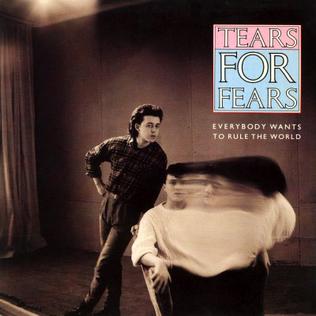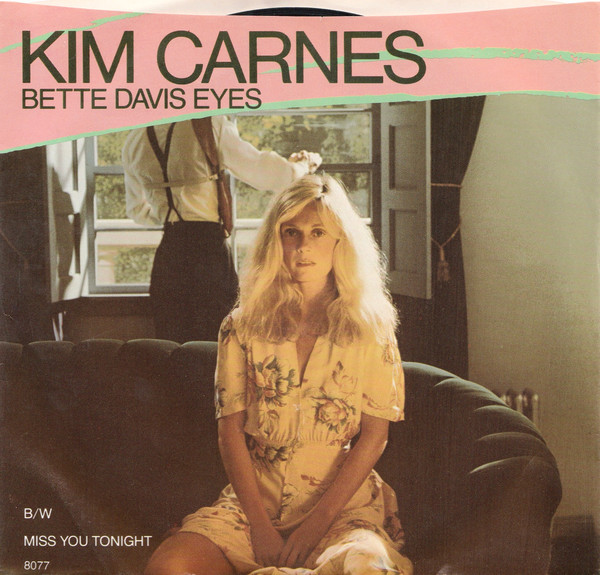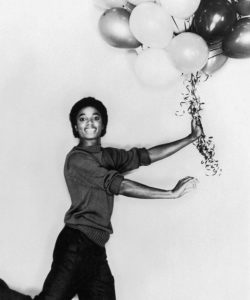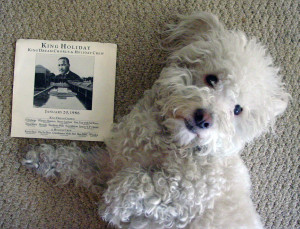Michael Jackson’s legacy in music is undeniably profound, with a career spanning several decades and an influence that is still felt today. From his early days with The Jackson 5 to his solo career that redefined the boundaries of pop music, Jackson’s contributions have left an indelible mark on the industry.
Jackson’s work with The Jackson 5 introduced the world to a young talent capable of captivating audiences with his voice and energy. Hits like “I Want You Back” and “ABC” showcased his ability to bring a unique sense of rhythm and soul, even as a child. As he transitioned into his solo career, Jackson’s music evolved, blending elements of pop, rock, and R&B to craft a distinctive sound that set him apart. Songs like “Don’t Stop ‘Til You Get Enough” and “Rock With You” from his Off the Wall album laid the groundwork for what would become his signature style—catchy melodies, intricate rhythms, and an infectious energy.
The release of Thriller in 1982 was a watershed moment, not just for Jackson but for the entire music industry. With tracks like “Billie Jean,” “Beat It,” and the title track, Jackson broke records and set new standards. The music video for “Thriller” itself became a cultural phenomenon, pioneering the concept of the music video as an art form and cementing Jackson’s reputation as a creative visionary. His music during this period was not just entertainment; it was a catalyst for change, influencing countless artists and shaping the future of pop music.
Beyond his musical achievements, Jackson was also known for his philanthropic efforts. His involvement in the creation of “We Are the World,” a charity single aimed at raising funds for famine relief in Africa, demonstrated his commitment to using his platform for good. Jackson supported numerous charities throughout his life, including the Make-A-Wish Foundation, the Elizabeth Taylor AIDS Foundation, and his own Heal the World Foundation, which focused on improving the lives of children around the globe.
However, Jackson’s legacy is also marred by credible criminal allegations of child abuse, which have cast a long shadow over his career. These allegations have led to ongoing debates about how to reconcile his artistic contributions with his personal life. While the legal battles and media scrutiny that followed these accusations are part of his story, they do not erase the impact of his work on music and culture.
In the end, Michael Jackson’s legacy is a complex one, marked by both extraordinary musical achievements and troubling personal controversies. His influence on the music industry is undeniable, as is his role in philanthropy. The challenge lies in acknowledging the full scope of his life and career while recognizing the impact he had on both music and society.

